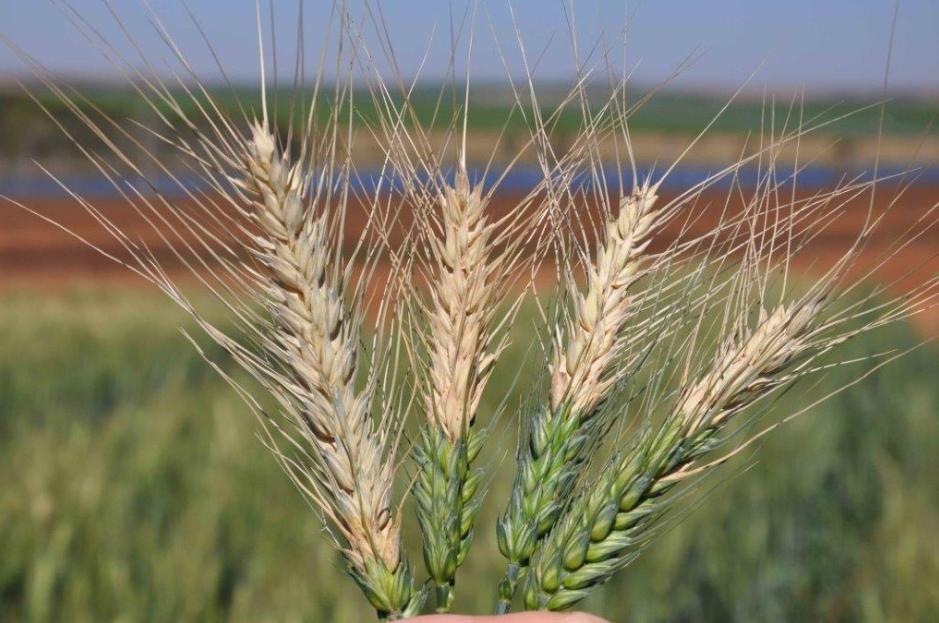Wheat blast surfaces in Africa, threatens production
Scientists and partners of the CGIAR Research Program for Wheat and CIMMYT have identified wheat blast for the first time on the African continent. “Wheat blast can shrivel and deform the grain in less than a week from the first symptoms. It is currently threatening food security and livelihoods in tropical areas in South America […]

Scientists and partners of the CGIAR Research Program for Wheat and CIMMYT have identified wheat blast for the first time on the African continent.
“Wheat blast can shrivel and deform the grain in less than a week from the first symptoms. It is currently threatening food security and livelihoods in tropical areas in South America and South Asia,” Marcia MacNeil, the Communications Officer, CGIAR Research Programme on Wheat told daily Trust via email.
He said that the “Wheat blast has been identified for the first time in Zambia; its first appearance on the African continent.”
Scientists from the Zambian Agricultural Research Institute (ZARI), the International Maize and Wheat Improvement Center (CIMMYT) and the US Department of Agriculture –Foreign Disease Weed Science Research Unit (USDA-ARS) published their findings in the scientific journal PLoS One.
The outbreak has raised serious concern about the prospect of wheat production in African. Although rain-fed wheat production is very rare, it might hit the dry season production and further shrink the local production, which is insignificantly below 600,000 metric tonnes of the 4.2 metric tonnes local demand.
MacNeil said “the outbreak poses a serious threat to rain-fed wheat production in Zambia and raises the alarm for surrounding regions and countries on the African continent with similar environmental conditions.
“A resistant variety has been developed but not yet widely available, and fungicides provide only partial relief.”
